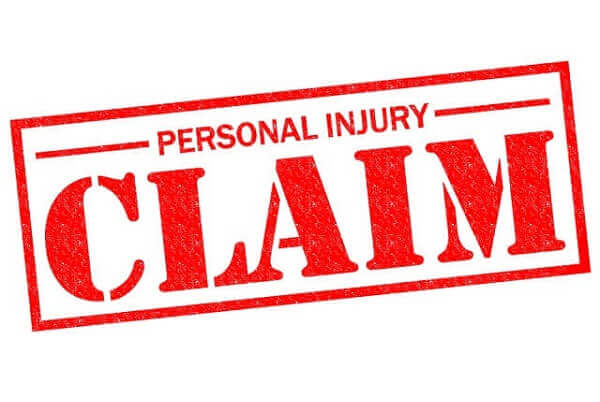
Washington Personal Injury Attorneys and Discovery of Harm
Personal injury lawsuits are riddled with terms and complex notions that can quickly confuse a victim. The discovery of harm is most definitely one of them. These terms, while important, usually need a personal injury lawyer to help explain what they mean and how they affect your case. That is because it is difficult to apply such legal concepts to your case and even determine if you have a valid claim.
Nevertheless, if you are entering into the personal injury claim process or you are considering filing a claim for your injury, it is best to arm yourself with all of the knowledge possible. That way you can not only assist your attorney but better understand what is happening in your particular claim.
The Statutes of Limitation
When you seek damages against a person for your injury, you must do so within the time limit imposed under the state’s statutes. In the state of Washington, you have up to three years to file a personal injury claim under Washington Rev. Statute Code Section 4.16.080(2).
The statute of limitations is a ticking clock – and one that you cannot ignore. Once you have suffered from an injury or experience harm, the clock starts and that means you need to file your lawsuit with the courts as soon as possible. It is important to understand that the statute of limitations will vary depending on the type of personal injury claim you are filing as well as your discovery date.
The Discovery of Harm and Your Statute of Limitations
The discovery of harm plays a critical role in determining how much time you have to file your personal injury claim. This rule allows you to extend your statute of limitations as long as your case meets specific requirements.
Discovery of harm is a fairly basic principle. Basically, a personal injury claim can be filed within the time allotted by the statute. But, the statute of limitations time clock only begins from the date you have learned that you have been injured or harmed by someone else. Therefore, you could discover the harm a few months or even years later, which means the discovery of harm rule will then take over and extend the statute.
For example, you were exposed to an illness, but the illness was not diagnosed or discovered for over a year. When it was discovered, you knew who gave you that illness. While it has been a year since your exposure, you only just now discovered the harm; therefore, your three-year limit starts from the date the illness was discovered rather than when you were actually exposed.
Applying the rule of discovery of harm to every personal injury claim is difficult and the defense will quickly argue that you were aware of your injuries much sooner than you claim. That is why it is imperative that you document your injuries, accidents, treatments, etc. extensively to prevent giving the defense a way out of settlement.
Speak with a Personal Injury Attorney in Washington First
If you have been seriously injured, but only now discovered the injury, you could still be entitled to compensation. Contact the Washington personal injury lawyers at Brett McCandlis Brown & Conner PLLC to explore your legal options and see what statutes and time limitations apply to your case. Call us for a free, no-obligation consultation today at 800-925-1875 or ask a question online via our online contact form.


